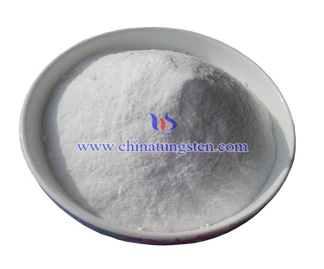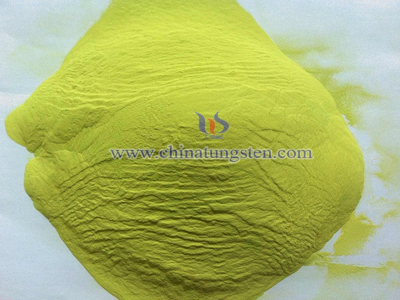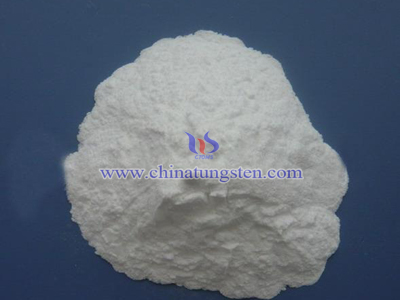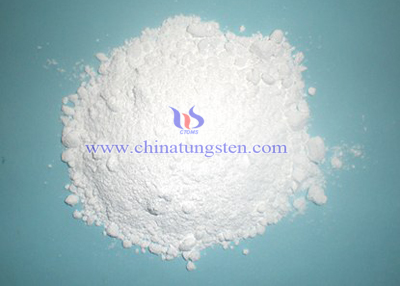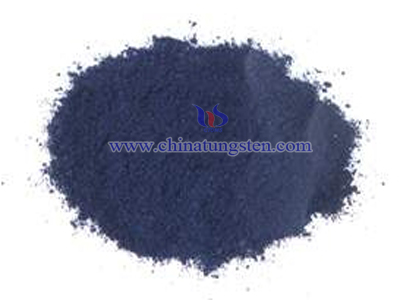Stabilizer
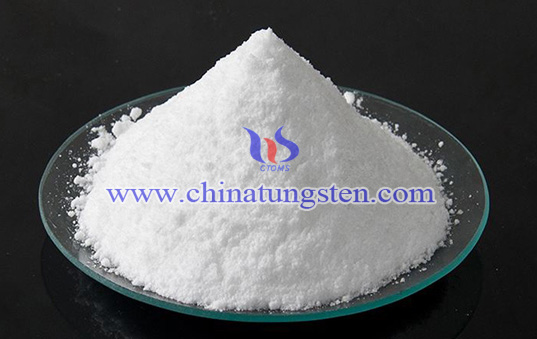
Sodium tungstate can be applied in stabilizer.
In chemistry a stabilizer is a chemical which tends to inhibit the reaction between two or more other chemicals. It can be thought of as the antonym to a catalyst. The term can also refer to a chemical that inhibits separation of suspensions, emulsions, and foams. Heat and light stabilizers are added to plastics and elastomers because they ensure safe processing and protect products against premature aging and weathering. The trend is towards fluid systems, pellets, and increased use of masterbatches. There are monofunctional, bifunctional, and polyfunctional stabilizers. In economic terms the most important product groups on the market for stabilizers are compounds based on calcium (calcium-zinc and organo-calcium), lead, and tin stabilizers as well as liquid and light stabilizers (HALS, benzophenone, benzotriazole). Cadmium-based stabilizers largely vanished in the last years due to health and environmental concerns.
Some kinds of stabilizers are:
antioxidants, preventing unwanted oxidation of materials
sequestrants, forming chelate complexes and inactivating traces of metal ions that would otherwise act as catalysts
emulsifiers and surfactants, for stabilization of emulsions
ultraviolet stabilizers, protecting materials, especially plastics, from harmful effects of ultraviolet radiation
1 UV absorbers, chemicals absorbing ultraviolet radiation and preventing it from penetrating the materials; principally the same as sunscreens
2 quenchers, dissipating the radiation energy as heat instead of letting it break chemical bonds; often organic nickel salts, e.g. nickel phenolates
3 scavengers, eliminating the free radicals formed by ultraviolet radiation; often hindered amine light stabilizers (HALS)

